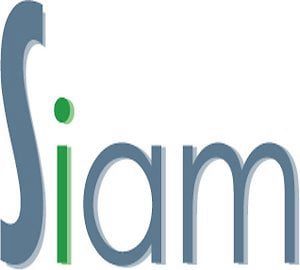Highlights of the RAC and SEAC meetings this spring

Image: PxHere
Highlights of the RAC and SEAC meetings this spring – The Committees for Risk Assessment (RAC) and Socio-Economic Analysis (SEAC) have agreed on twenty opinions on applications for authorization from companies for the use of chromium(VI) substances. Most of these relate to applications in the aerospace and defense sectors. RAC has agreed on 24 and SEAC on 25 draft opinions on applications for authorization and assessment reports for chromium(VI) substances. These draft opinions will now be sent to applicants for comment and will be officially adopted later this year. In addition, both RAC and SEAC adopted two final opinions on applications for authorization for the use of chromium trioxide in hard chrome and functional chrome plating.
During the discussions on the proposal to restrict per- and polyfluoroalkyl substances (PFAS), RAC and SEAC discussed the risks associated with PFAS. As well as the potential impact of the proposal on ski wax, cosmetics and other consumer mixtures. RAC discussed the hazards of PFAS, including estimating the quantities that could be released. SEAC, in turn, examined the overall approach to assessing the various socio-economic elements of the proposal. The committees were also given an overview of the planned topics for discussion at the June and September meetings.
Revision of previous advice
RAC has responded to two requests from the European Commission to revise its previous harmonized classification and labelling advice. With regard to three lithium salts, RAC confirmed its previous opinion by consensus. With the addition of the recommendation to classify these compounds based on their reproductive toxicity (substances that can damage fertility and the unborn child). And for effects on or via breastfeeding (substances that can harm breastfed children). For methyl methacrylate (MMA), the RAC has recommended by consensus a classification as a respiratory allergen (a substance that can cause allergic or asthma-like symptoms or breathing difficulties when inhaled).
Further results of the March meetings:
- SEAC has adopted its updated approach to recommending assessment periods in opinions on applications for authorization. This document will be published shortly on the ECHA website;
- RAC adopted 19 opinions on harmonized classification and labelling.
More information
- Annex to the news [PDF][EN]
- Next steps for the PFAS restriction proposal, March 13, 2024
- REACH restriction process
- Request for authorization
- Harmonized classification and labelling
Source: ECHA
Also read: ECHA’s law enforcement authorities check reports from poison centers
Reservation
This information has been compiled with the greatest possible care, in some cases from different information sources. (Interpretation) errors are not excluded. No legal obligation can therefore be derived from this text. Everyone dealing with this subject has the responsibility to delve into the matter!
